Universe
ID: 12783
Due to uncooperative weather in Antarctica, SuperTIGER was unable to launch during the 2017-18 balloon season. The team returned to the ice in November 2018, preparing for their first launch opportunity of the 2018-19 season!
Scientists in Antarctica are preparing to loft a NASA balloon-borne instrument to collect information on cosmic rays, high-energy particles from beyond the solar system that enter Earth's atmosphere every moment of every day. The instrument, called the Super Trans-Iron Galactic Element Recorder (SuperTIGER), is designed to study rare heavy nuclei, which hold clues about where and how cosmic rays attain speeds up to nearly the speed of light.
The most common cosmic ray particles are protons (hydrogen nuclei), making up roughly 90 percent, followed by helium nuclei (8 percent) and electrons (1 percent). The remainder contains the nuclei of other elements, with dwindling numbers of heavy nuclei as their masses rise. With SuperTIGER, researchers are looking for the rarest of the rare -- so-called ultra-heavy cosmic ray nuclei beyond iron, from cobalt to barium.
These elements are formed in some of the most extreme environments in the cosmos -- outflows from massive stars, supernova explosions, and mergers of neutron stars. Learning more about the distribution of the heavy cosmic rays will help astronomers further narrow down the places and processes forming them.
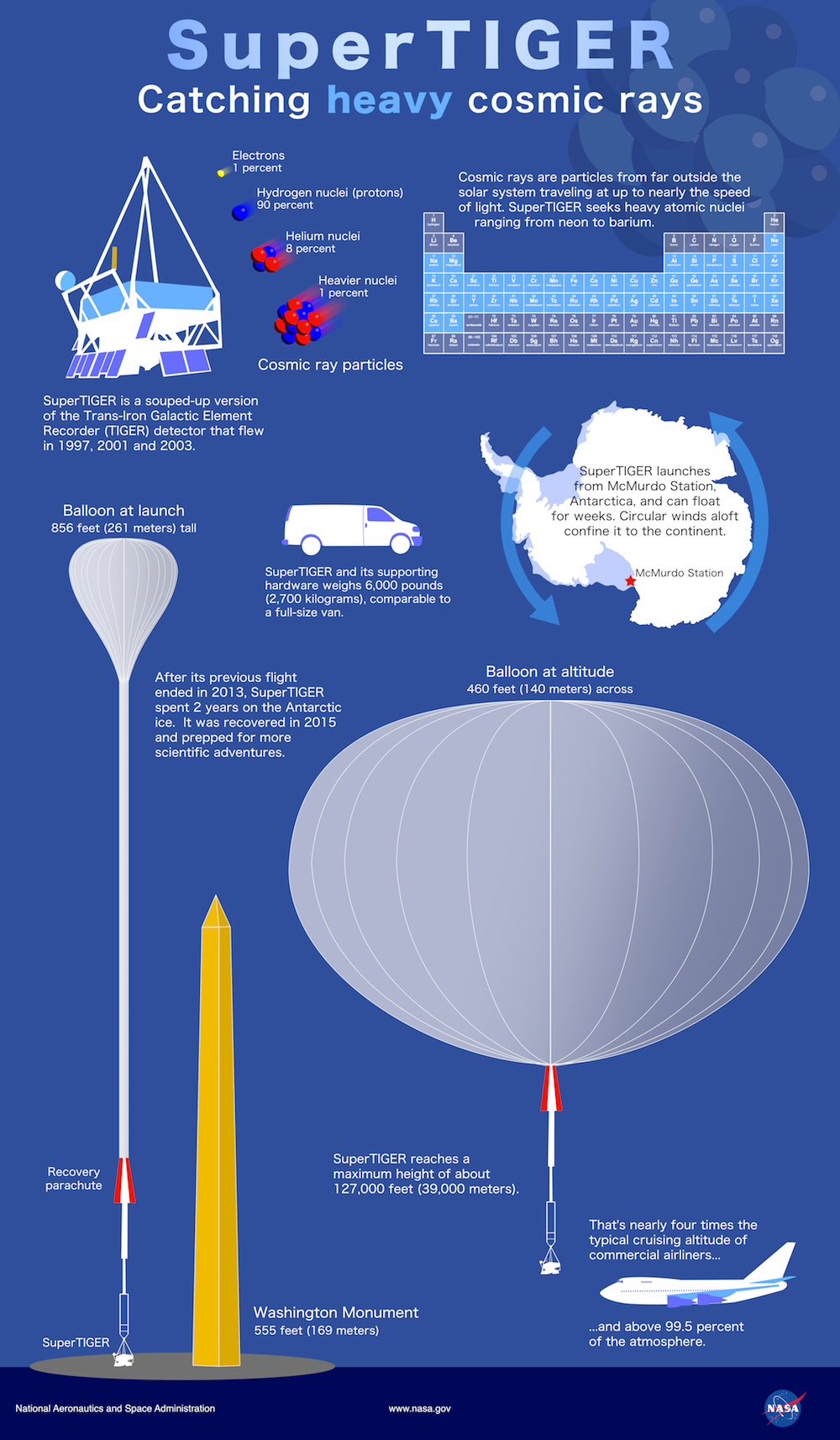
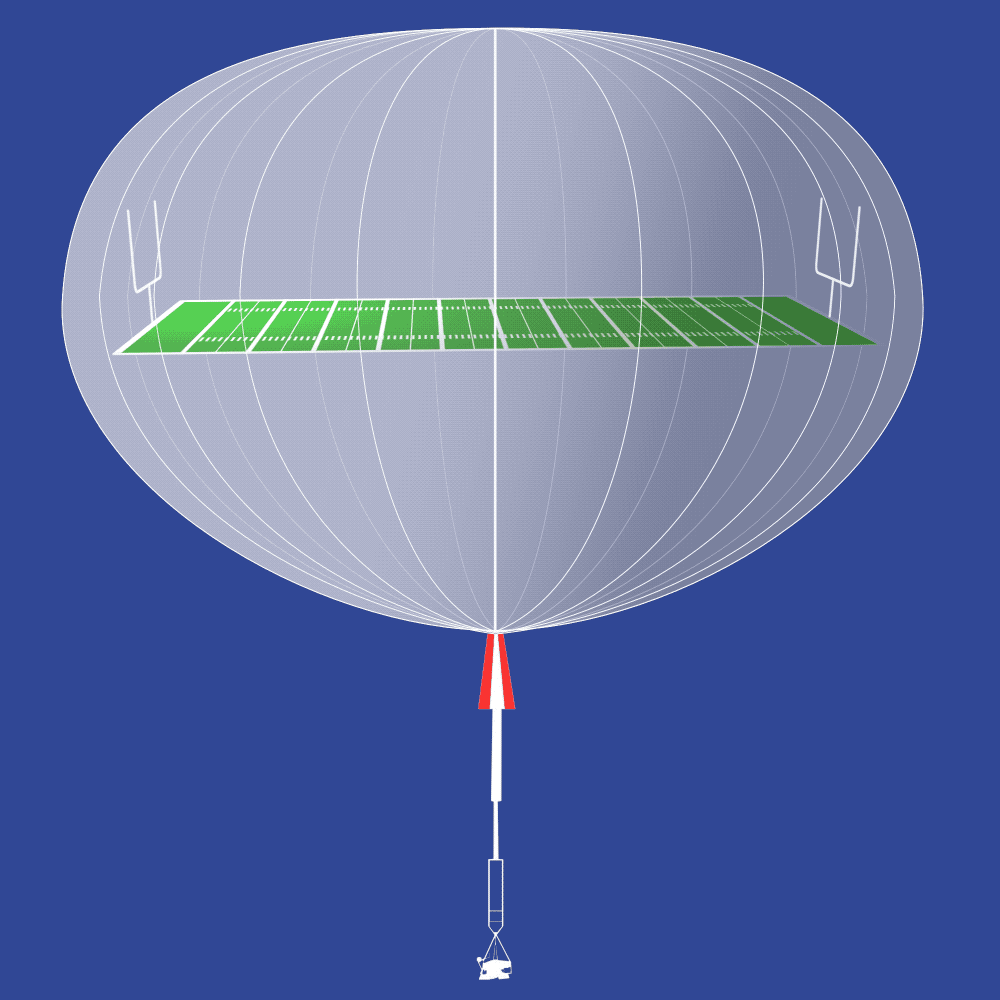
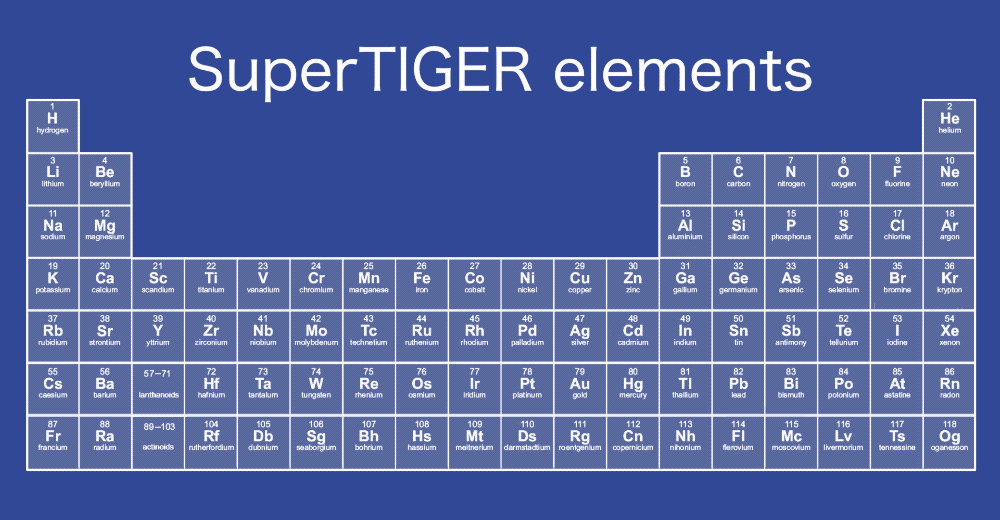
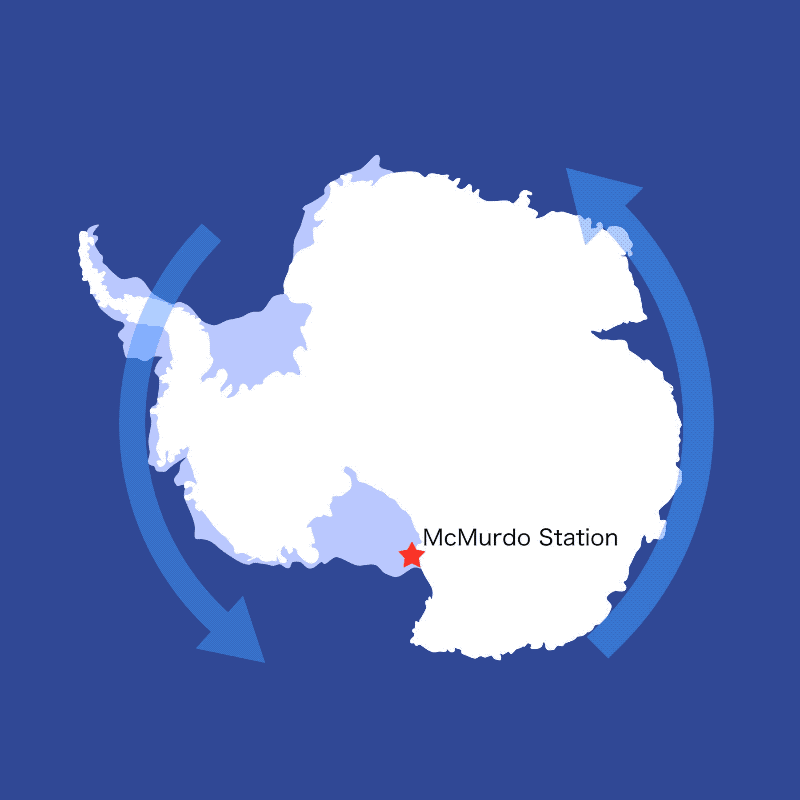

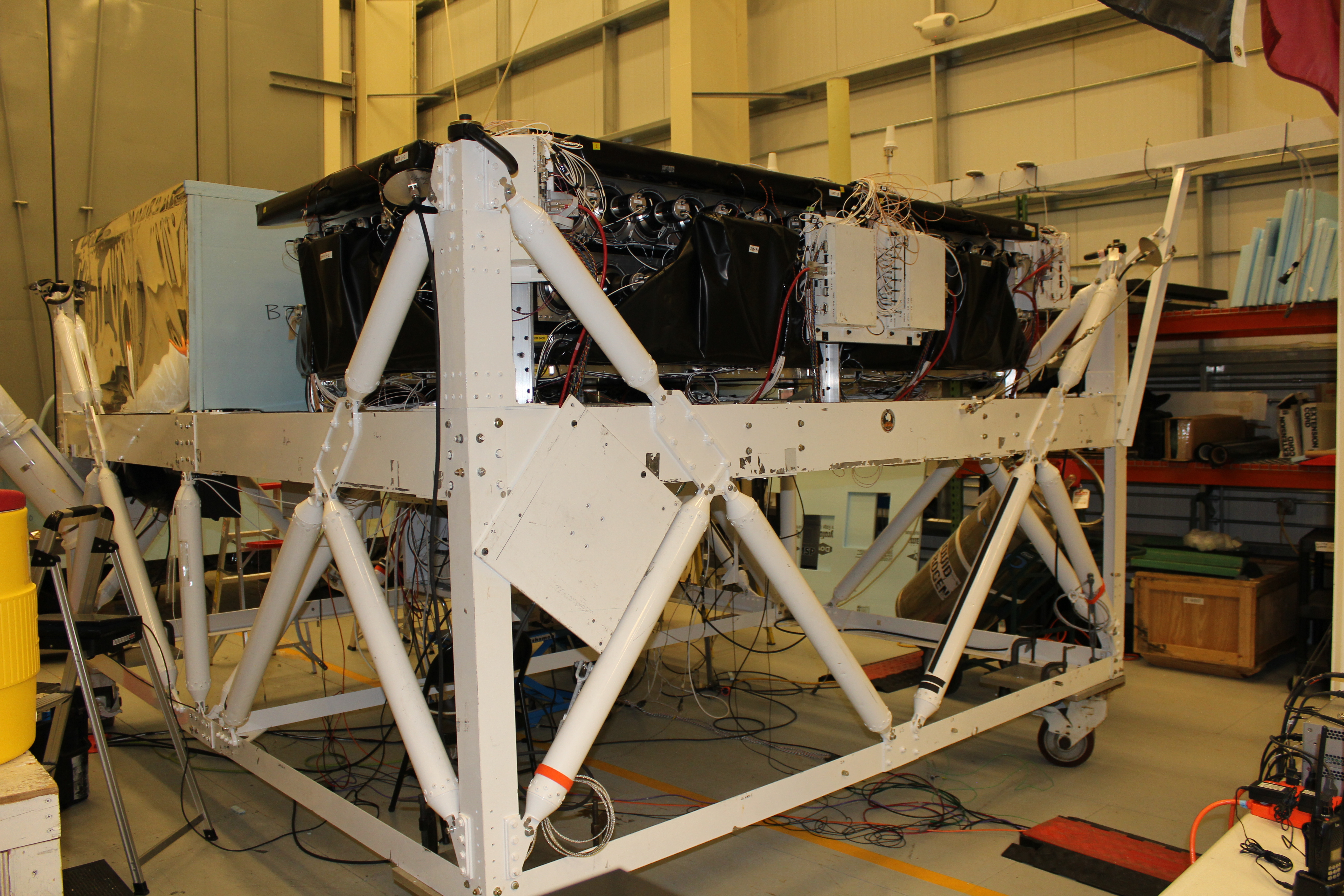
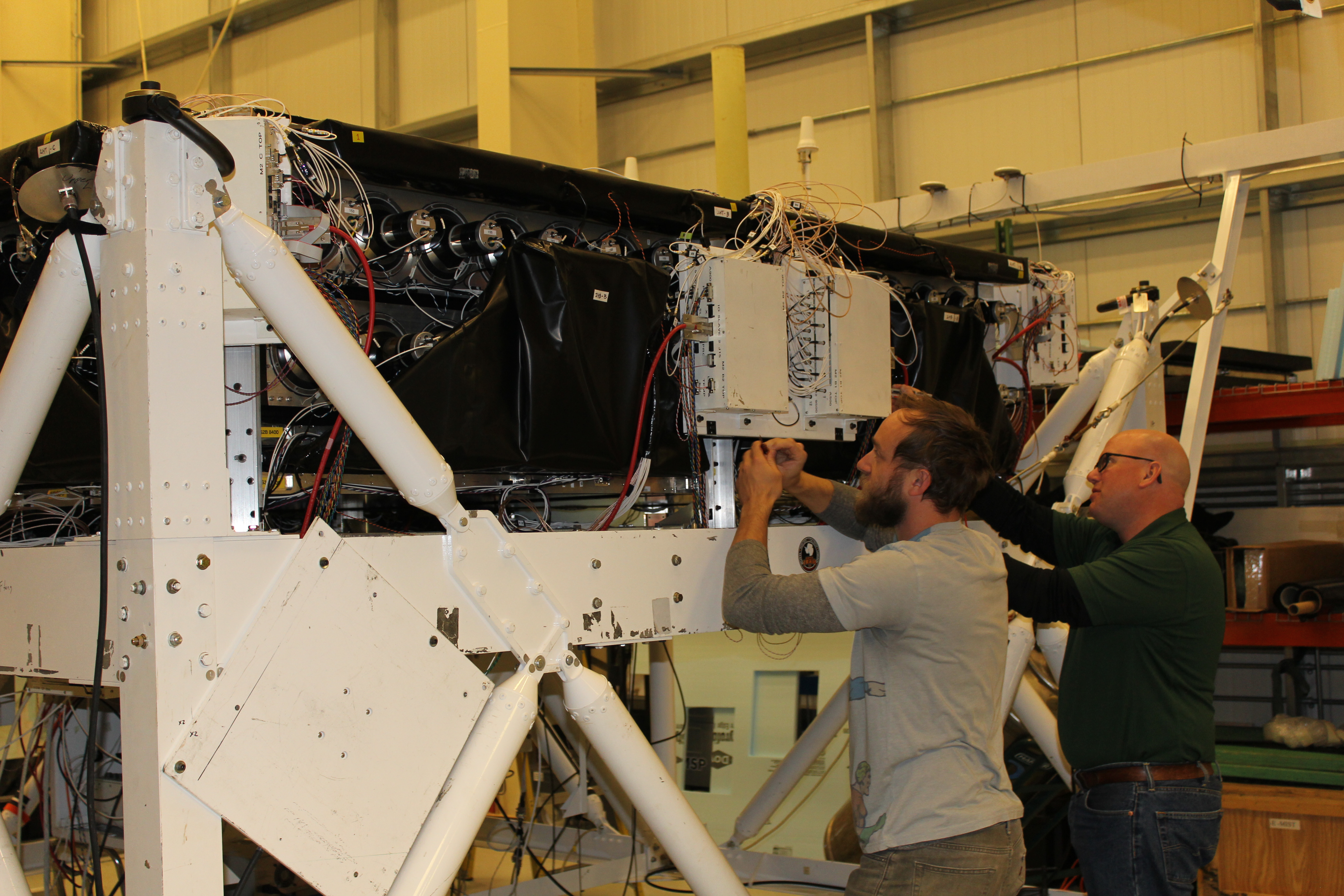
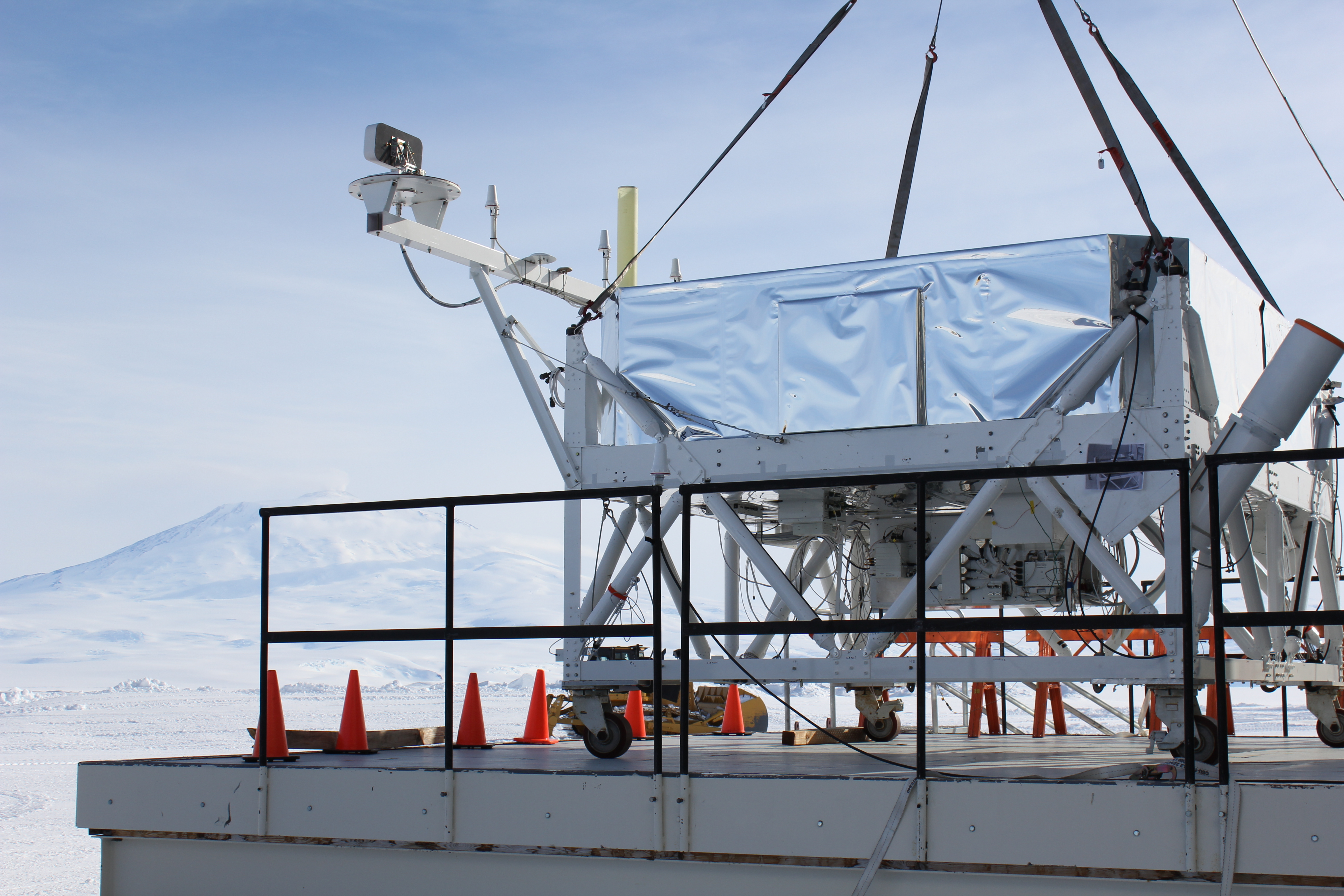
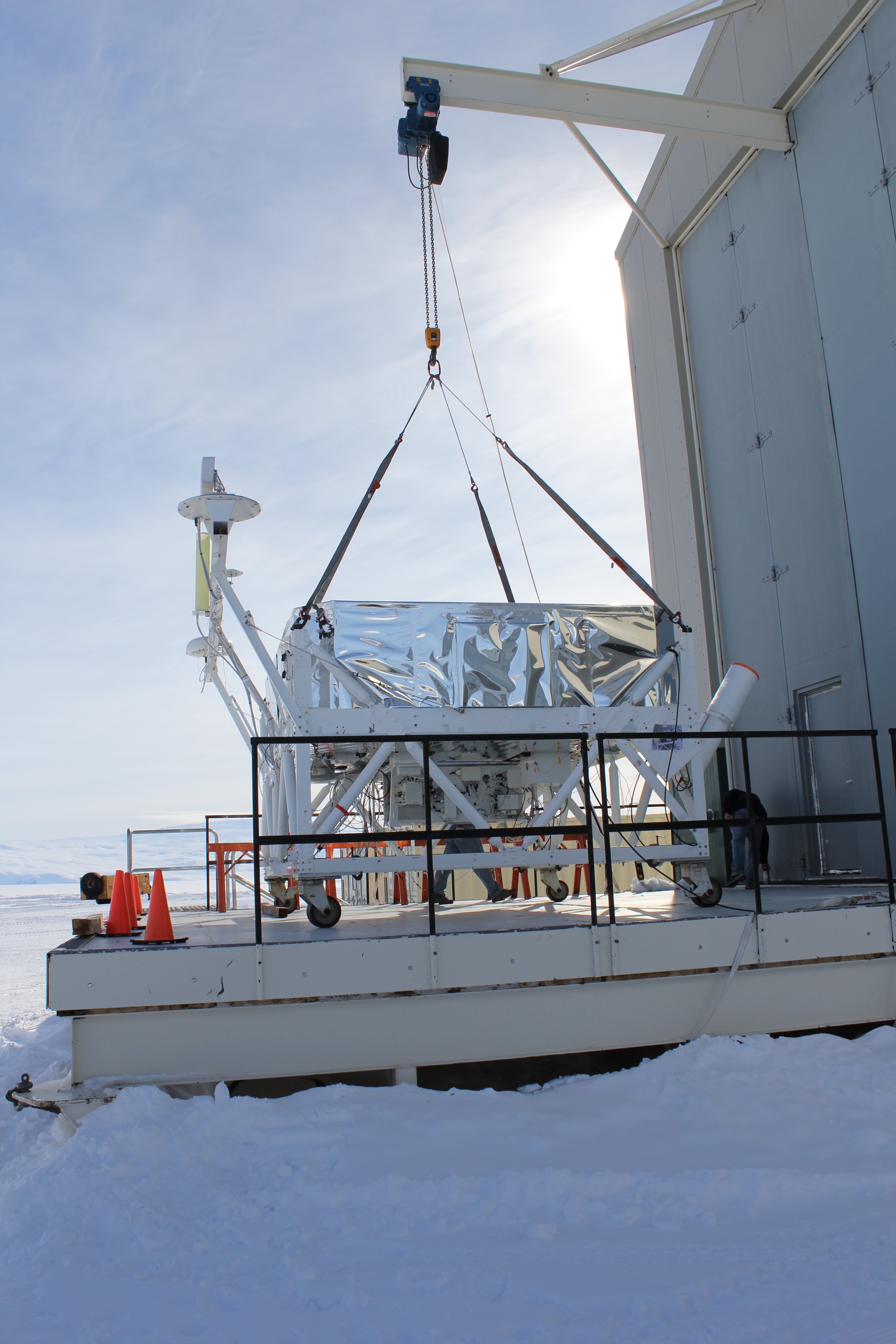
SuperTIGER Ready to Fly Again in Study of Heavy Cosmic Rays
Scientists in Antarctica are preparing to loft a NASA balloon-borne instrument to collect information on cosmic rays, high-energy particles from beyond the solar system that enter Earth's atmosphere every moment of every day. The instrument, called the Super Trans-Iron Galactic Element Recorder (SuperTIGER), is designed to study rare heavy nuclei, which hold clues about where and how cosmic rays attain speeds up to nearly the speed of light.
The most common cosmic ray particles are protons (hydrogen nuclei), making up roughly 90 percent, followed by helium nuclei (8 percent) and electrons (1 percent). The remainder contains the nuclei of other elements, with dwindling numbers of heavy nuclei as their masses rise. With SuperTIGER, researchers are looking for the rarest of the rare -- so-called ultra-heavy cosmic ray nuclei beyond iron, from cobalt to barium.
These elements are formed in some of the most extreme environments in the cosmos -- outflows from massive stars, supernova explosions, and mergers of neutron stars. Learning more about the distribution of the heavy cosmic rays will help astronomers further narrow down the places and processes forming them.









For More Information
Related Documentation
Infographic_508compliant_take2_sm.pdf
Infographic_508Compliant_sm.pdf
SuperTIGERBalloonInfographic_update_508compliant.pdf
Infographic_508Compliant_sm.pdf
SuperTIGERBalloonInfographic_update_508compliant.pdf
Credits
Scott Wiessinger (USRA): Lead Producer
Francis Reddy (Syneren Technologies): Science Writer
Sara Mitchell (University of Maryland College Park): Associate Producer
Barb Mattson (University of Maryland College Park): Associate Producer
Francis Reddy (Syneren Technologies): Science Writer
Sara Mitchell (University of Maryland College Park): Associate Producer
Barb Mattson (University of Maryland College Park): Associate Producer
Please give credit for this item to:
NASA's Goddard Space Flight Center
NASA's Goddard Space Flight Center
Short URL to share this page:
https://svs.gsfc.nasa.gov/12783
This item is part of these series:
Balloon
Narrated Movies
Astrophysics Stills
Astrophysics Presentations
Keywords:
SVS >> HDTV
SVS >> Neutron Star
SVS >> Black Hole
SVS >> Gamma Ray Burst
SVS >> Astrophysics
SVS >> Supernova
NASA Science >> Universe
SVS >> Infographic
https://svs.gsfc.nasa.gov/12783
This item is part of these series:
Balloon
Narrated Movies
Astrophysics Stills
Astrophysics Presentations
Keywords:
SVS >> HDTV
SVS >> Neutron Star
SVS >> Black Hole
SVS >> Gamma Ray Burst
SVS >> Astrophysics
SVS >> Supernova
NASA Science >> Universe
SVS >> Infographic











